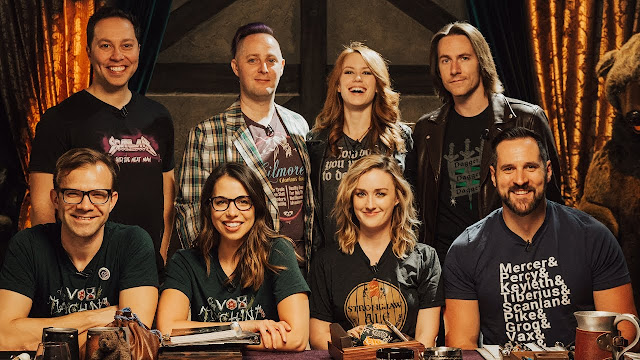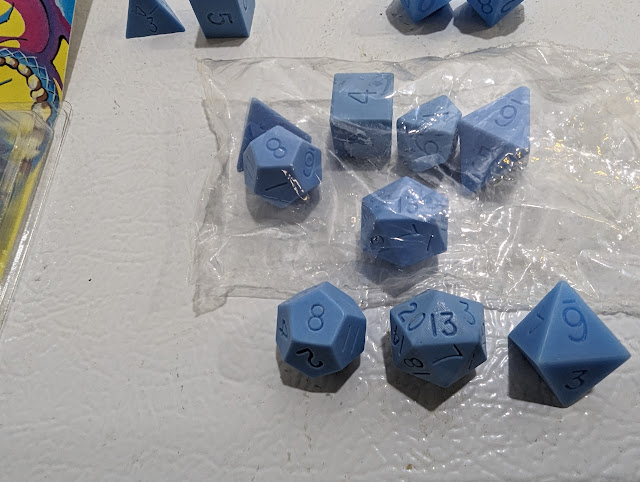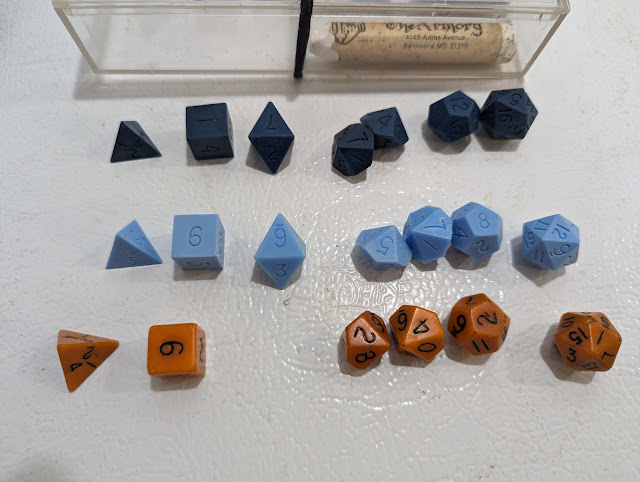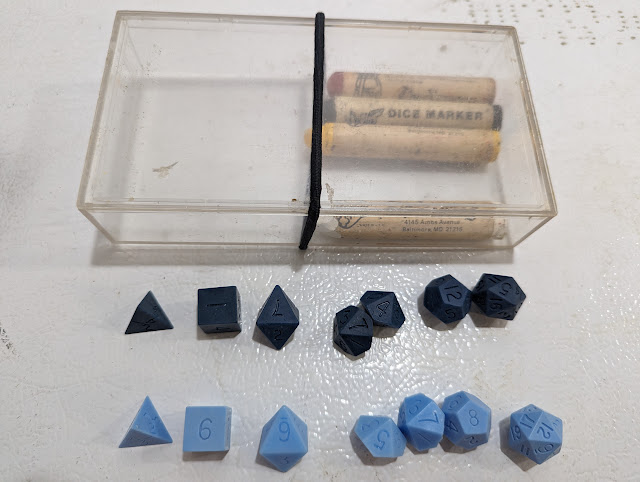Your Numenera Starter
 The setting of Numenera is expansive one, potentially taking the adventurers into space, into other dimensions, and even deep under the sea, but always exploring the mysteries, secrets, and technologies of the past. Its detail lies in these places to be explored rather than the core setting of the Steadfast, as described in Numenera Discovery, the core rulebook. This also leaves plenty of space for the Game Master to add her own content and as described in Numenera Destiny, the players and their characters to make it their own by building and supporting a community. As open as the setting is, what it means is that Numenera does not have a ready starting point and it is perhaps in danger of overwhelming the prospective player or Game Master with just how expansive a setting it is. A solution then would be to provide a starting point. Somewhere small with a limited scope that is in no danger of overwhelming either player or Game Master and then builds from this basis with a story that will eventually take the players, their characters, and the Game Master out into the wider and more wondrous world of the Ninth Age. This is exactly what The Glimmering Valley does.
The setting of Numenera is expansive one, potentially taking the adventurers into space, into other dimensions, and even deep under the sea, but always exploring the mysteries, secrets, and technologies of the past. Its detail lies in these places to be explored rather than the core setting of the Steadfast, as described in Numenera Discovery, the core rulebook. This also leaves plenty of space for the Game Master to add her own content and as described in Numenera Destiny, the players and their characters to make it their own by building and supporting a community. As open as the setting is, what it means is that Numenera does not have a ready starting point and it is perhaps in danger of overwhelming the prospective player or Game Master with just how expansive a setting it is. A solution then would be to provide a starting point. Somewhere small with a limited scope that is in no danger of overwhelming either player or Game Master and then builds from this basis with a story that will eventually take the players, their characters, and the Game Master out into the wider and more wondrous world of the Ninth Age. This is exactly what The Glimmering Valley does.The Glimmering Valley is published by Monte Cook Games and everything that a Game Master and her players need to start their first Numenera campaign. A starting point, some plots and some storylines, some mysteries and some locations to be explored, a threat, and above, a place to call home. It does all this, but it also does something else—it keeps things limited. It does this in several ways. First, it restricts the Character Types available to the core three in v Discovery, that is, the Glaive, the Nano, and the Jack. The others, the Arkus, the Wright, and the Delve, from Numenera Destiny, do become available later in the campaign when it is possible to transition into one of the new three. Second, it limits the Special Abilities available to the Player Characters, as many of those with more overt effects, such as ‘Bears a Halo of Fire’ or ‘Wears a Sheen of Ice’, would be decried as sorcery, whilst those for which there is no training or reason for it, like ‘Works the Back Alleys’ or ‘Fuses Flesh and Steel’, are simply deemed inappropriate. The abilities available to the Player Characters in The Glimmering Valley tend towards skills and the mundane. Third, it grounds the campaign in the Glimmering Valley, a narrow valley some twenty-five miles long, with the minor settlement of Neandran at the head of the valley, and a larger settlement, Ketterach, at the bottom of the valley. The Player Characters have grown up in Neandran and like the majority of the other villagers, have never travelled more than a few miles into the surround forest, let alone as far as a metropolis as Ketterach. The Player Characters know almost everyone in Neandran and certainly have a relationship with many of the village’s notable figures—all of whom are detailed. Fourth, it applies Clarke’s Third Law, ‘Any sufficiently advanced technology is indistinguishable from magic.’ assiduously. This is because the inhabitants of Neandran look upon the strange things around them and found elsewhere in the surrounding forest as magic rather than technology. Once the Player Characters reach Ketterach and the wider Ninth World, they are likely to discover that this is not the case and so have a revelation. It means though, that playing through The Glimmering Valley is going to be a very different experience to that of a standard Numenera campaign. And for any Numenera veteran, it means roleplaying a very different outlook.
So why do all this? Simply, simplicity. What The Glimmering Valley wants to do is avoid any possibility of overwhelming the prospective player or Game Master with a wealth of detail. To that end, it limits choices for the players, gives their characters a clear outlook on the world, and shifts the setting to the fantasy of its science fantasy rather than the science. Effectively, the world in which the Player Characters begin is akin to the fantasy of Dungeons & Dragons with the medievalism, and what they discover in end is the highly technological and weird world of Numenera. In addition, the last chapter in the book is specifically ‘The Player’s Guide’, provided to inform the players about the world in which their characters live in. When given a copy, this greatly aids the players’ knowledge about the setting and enables them to establish relationships with the NPC.
As the campaign begins, the nature of the dream that for generations the inhabitants of Neandran has changed. Just slightly, but enough to pique the interest of the Player Characters and they wonder why it has changed. For the Game Master, there is initially the same information she gives to her players and then descriptions of its various locations, flora, fauna, and more. There is strangeness all about—strange objects that protrude from the valley floor and walls, the infinite house of the local witch, a point in the river where the water flows into the air, a glade of six-foot square, translucent blue cubes in which can glimpsed some strange creature, and stairs which go up to nowhere. Some of these lead deep below and into the sides of the valley into highly detailed complexes, into what are effectively ‘science dungeons’. They are unlike any other dungeon in each case, in one case, more a puzzle that the Player Characters need to work out with their fingers, though there is guidance on using a more mechanical, rules-based for those playing groups who dislike puzzles. These complexes will take time to explore, but the campaign does allow for that time and even projects of the Player Characters’ own. Accompanying these are a number of encounters and more, including the movement and growth of factions into the Glimmering Valley. These include the arrival of biomechanical nomads, the rise of the machines, and even an invasion of ‘Skeksis’-like aliens! The movement and growth of all of these is slow at first, but becomes more apparent later in the campaign. This does allow time for the Player Characters to explore, learn, and prepare.
The campaign is supported with a bestiary and chapters for each of the factions. There is advice for the Game Master throughout, with the sidebars used extensively for references and stats. However, what The Glimmering Valley does not do is set the Game Master up as well it does the players. The set-up for the players is very good, preparing them for the campaign and telling them everything that they need to do so. For the Game Master, there is not this same level of information and consequently she does not learn anything about the event-based aspects of the campaign until she gets to the relevant chapters. There is no overview for her prior to this when there really should have been. Whilst The Glimmering Valley is good in its way as a starter campaign for the players, it is less so for the Game Master. There is not the step-by-step process for the Game Master as there is for the players, so it is not as suitable for the first time Game Master and certainly not as suitable as the author necessarily intended. For all the simplicity of The Glimmering Valley, the campaign needs more effort than it really should to set up for a first campaign.
Physically, The Glimmering Valley is very well done. Both the artwork and the cartography are as excellent as you would expect for a supplement for Numenera, and the book is well written.
The Glimmering Valley is a good first campaign for the players, taking both them and their characters from positions of relative unawareness about the world to realising how big and how different it is by having them make discoveries and uncover dangers and face them. There is a genuine sense of growth and progress to the campaign which will all lead to the characters being prepared for the wider world, as well as both their players and the Game Master.




























.jpg)
